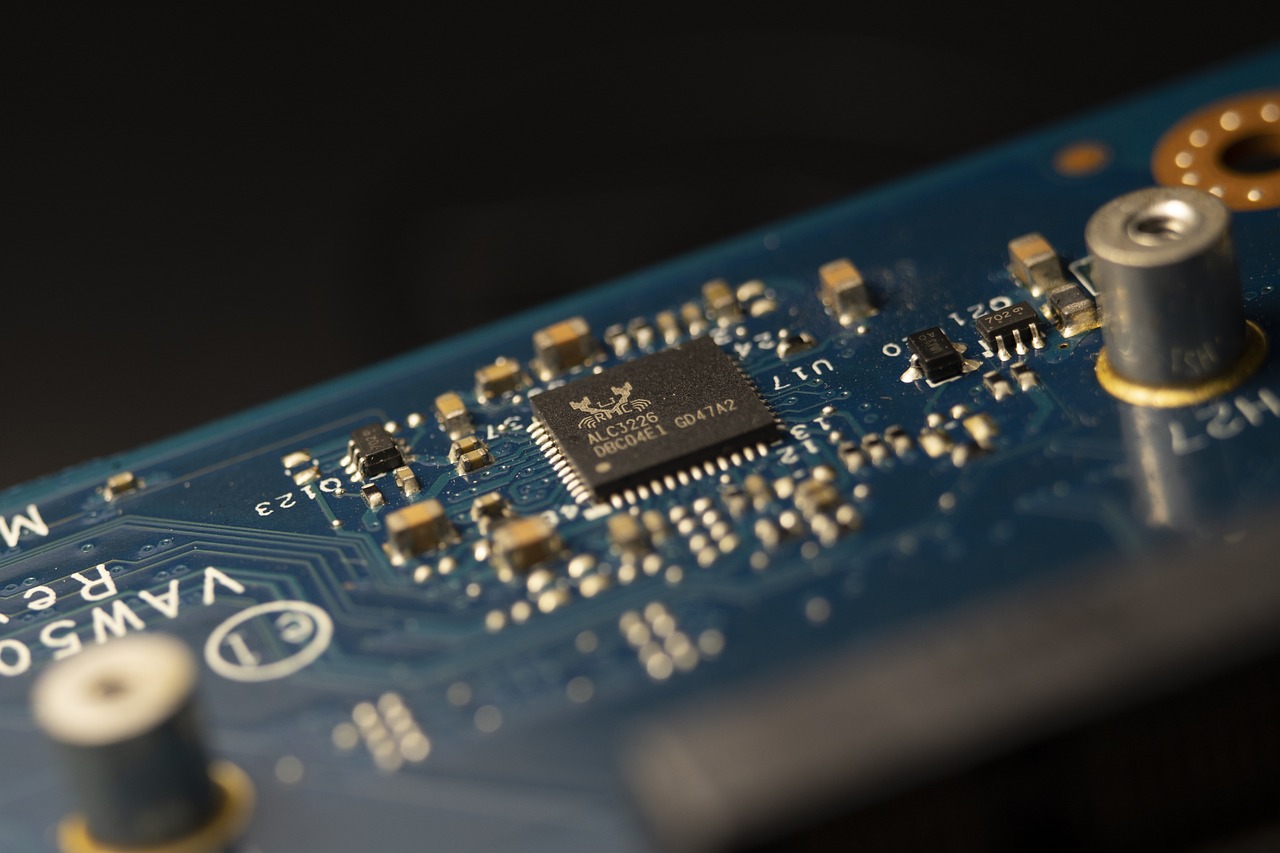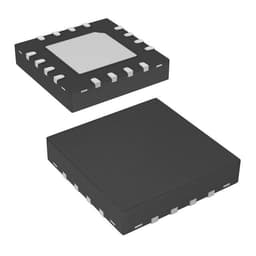
The semiconductor industry is a cornerstone of modern technology, powering everything from smartphones to electric vehicles. As the demand for these essential components continues to soar, so does the challenge of managing excess inventory and surplus electronic parts. Understanding the dynamics of surplus electronic parts and excess inventory is crucial for manufacturers, suppliers, and consumers alike, as it can significantly impact operational efficiency, profitability, and sustainability.
The Semiconductor Supply Chain
The semiconductor supply chain is intricate and multifaceted, involving numerous stages from design to production to distribution. This complexity can lead to the accumulation of surplus electronic parts, which occur when manufacturers overestimate demand or face unexpected market shifts. These surplus components can be a double-edged sword; while they may present opportunities for cost savings, they can also tie up valuable resources and capital.
The rise of technology trends, such as the Internet of Things (IoT), artificial intelligence (AI), and 5G, has created an unprecedented demand for electronic components. As companies rush to innovate and meet market demands, they often find themselves grappling with excess inventory electronic components. This excess inventory not only occupies storage space but also poses a significant risk of obsolescence as technology evolves rapidly.
Causes of Surplus and Excess Inventory
Several factors contribute to the accumulation of surplus electronic parts and excess inventory in the semiconductor industry:
1. Market Fluctuations: Demand for semiconductors can fluctuate wildly based on consumer trends, economic conditions, and geopolitical events. Manufacturers may ramp up production in anticipation of increased demand, only to find themselves with excess stock when demand doesn’t materialize as expected.
2. Technological Advancements: The pace of innovation in the semiconductor sector is relentless. As new technologies emerge, older components can quickly become obsolete, leading to surplus electronic parts that are no longer needed for production.
3. Supply Chain Disruptions: Events such as natural disasters, trade disputes, or pandemics can disrupt the supply chain, leading to unexpected overproduction. Manufacturers may stockpile components in response to these uncertainties, resulting in excess inventory electronic components.
4. Forecasting Errors: Inaccurate demand forecasting can lead manufacturers to produce more components than necessary. Factors like seasonality, product life cycles, and customer preferences can complicate these predictions, resulting in surplus.
Managing Surplus Electronic Parts
Effective management of surplus electronic parts requires a strategic approach that considers both short-term and long-term implications. Here are some strategies manufacturers can adopt:
1. Inventory Audits
Regular audits of inventory can help identify surplus electronic parts early on. By understanding what components are overstocked, manufacturers can make informed decisions about how to manage or liquidate them. This proactive approach can prevent financial losses associated with holding onto obsolete inventory.
2. Diversification of Supply Sources
Building relationships with multiple suppliers can mitigate the risks associated with excess inventory. By diversifying supply sources, manufacturers can respond more effectively to fluctuations in demand and avoid overproduction. Additionally, fostering collaborations with component recyclers can help in managing surplus by facilitating the resale of excess stock.
3. Adopting Just-in-Time (JIT) Inventory Practices
Just-in-time inventory management can significantly reduce the likelihood of excess inventory. By synchronizing production schedules with actual demand, manufacturers can minimize the accumulation of surplus electronic parts. This approach requires a flexible supply chain capable of adapting quickly to changes in demand.
4. Utilizing Advanced Analytics
Incorporating data analytics and machine learning into inventory management can improve forecasting accuracy. By analyzing historical sales data, market trends, and consumer behavior, manufacturers can make more informed decisions about production levels, reducing the risk of surplus electronic parts.
5. Recycling and Repurposing
When managing surplus electronic parts, companies should consider recycling and repurposing components where feasible. This can involve breaking down surplus inventory to extract valuable materials or refurbishing parts for reuse. Such practices not only reduce waste but can also contribute to sustainability goals.
The Role of Excess Inventory Electronic Components in the Circular Economy
In recent years, the concept of a circular economy has gained traction in the semiconductor industry. This model emphasizes sustainability by promoting the continuous use of resources through recycling, refurbishment, and remanufacturing. Excess inventory electronic components can play a pivotal role in this transition.
By channeling surplus electronic parts into secondary markets, manufacturers can extend the lifecycle of these components. Companies specializing in the resale of surplus inventory can connect manufacturers with businesses looking for cost-effective solutions. This not only helps reduce waste but also creates a more resilient supply chain by allowing companies to source needed components at lower prices.
Conclusion
The semiconductor industry is at a critical juncture, facing unprecedented demand alongside the challenges of surplus electronic parts and excess inventory. By adopting proactive inventory management strategies and embracing the principles of a circular economy, manufacturers can navigate these challenges effectively.
Understanding the dynamics of surplus electronic parts and excess inventory is vital for maintaining operational efficiency and competitiveness in the semiconductor market. As technology continues to evolve, manufacturers who can adeptly manage their inventory will be better positioned to meet market demands while contributing to sustainability efforts. In this ever-changing landscape, a strategic approach to surplus and excess inventory is not just beneficial; it is essential for long-term success in the semiconductor industry.













